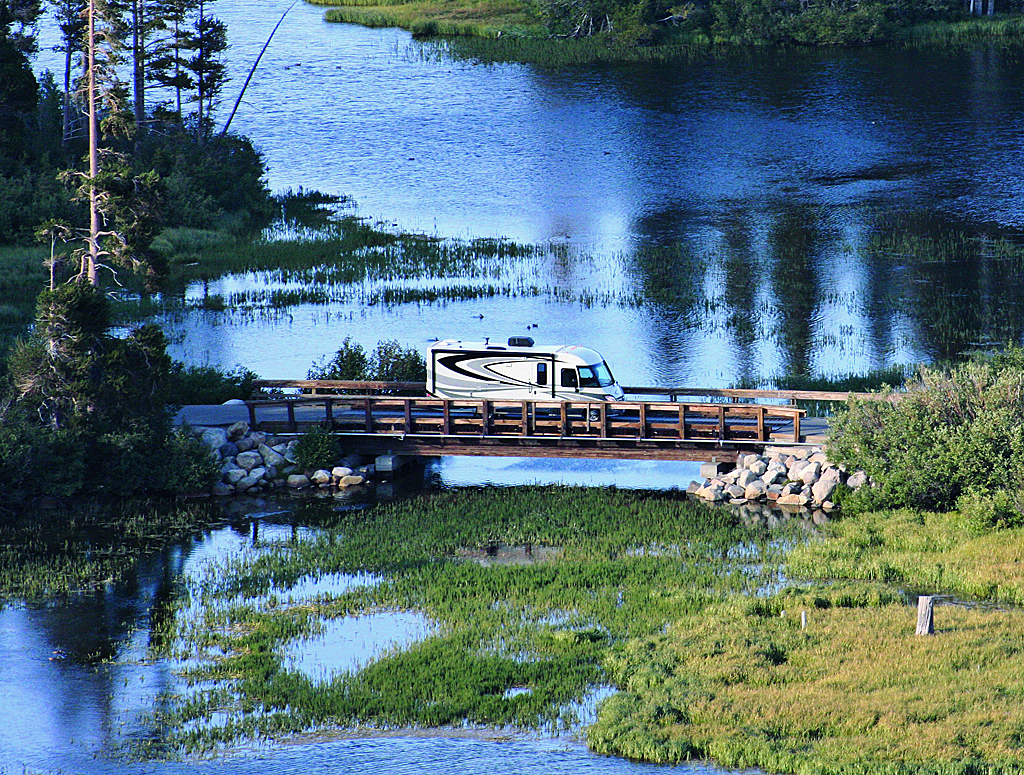
The United States is home to nearly 60 national parks, each slightly different in its landscape, each stunning in its vastness and beauty. In most cases, these monuments and their scenic campgrounds can be found in remote locations throughout the country, reached only by a long, steep drive, tour bus, or small aircraft.
These idyllic campgrounds are ideal spots for outdoorsmen looking to escape the confines of society and discover the joy of being connected only to the ground beneath their feet. If you’re looking to visit a national park by RV this summer, we’ve got a few essential tips you should consider to help you better prepare for and complete your journey.
Research your specific park
There are general guidelines campers ought to follow in order to enjoy a successful and responsible RVing experience at one of the nation’s iconic parks. However, it is important to remember that every park is its own, with unique wildlife and terrain as well as rules for camping and navigating.
Prior to embarking for a national park, it’s recommended that you visit its website to gather key information, read about past experiences of other campers, and fully acclimate yourself with the lay of the land. Look over maps and lists of attractions, and be sure to schedule a reservation for your preferred campground, if possible. Major parks such as Yosemite make thorough RV camping guides available on their site for visitors planning to travel by motorhome.
Know how you’ll get there
Just as important as knowing what you’ll do once you’ve arrived is making a plan for the road trip. Being that national parks are typically found in the middle of nowhere, you likely have limited options for your route.
However, with RV-specific GPS systems and mountain directories, you can cater your drive to the needs of your vehicle. If you want to avoid an excess of winding gravel roads and narrow passes, you’re better off knowing about them ahead of time rather than the moment you’re staring them down in person.
Respect other campers
We don’t just mean being friendly and maintaining your distance, but in keeping with the spirit of the outdoors, most RVers set up around you at a national park will expect you to keep noise and modern technologies to a minimum. We recommend only ever running loud generators when totally necessary, such as in the event of recharging RV batteries at the end of the day. The goal of camping at a national park is to soak up the beauty of nature without leaving your mark.
And most essential of all tips and recommendations: have fun! The majority of national parks have made their campgrounds fully accessible to motorhomes of all sizes, so you won’t be breaking any new ground. Additionally, if you have questions during the buildup to your trip that are not addressed online, feel free to call your park’s headquarters—they’ll be happy to advise you.


There are 63 National Parks, not “almost 60” as stated
<strong>Have not used a government reservation system yet (federal or local) that wasn’t a pain in the ass to use.
Your information is way out of date. All camping reservations are handled through Recreation.gov
BASIC INFORMATION
Just beginning my FT RVing and looking...
"mountain directories" link above in How You'll Get There section is broken with a 404 error.
We live in Australia, our Rv is similar to an Adventurer 34 Except it is worth $100,000 AUD.
Planning on a trip to Grand Tetons and Yellowstone. Would like info on all US and Canadian parks as well..Thank You!
Should I drain my DEF tank and refill it with new DEF since I have only driven 1000 miles?
no comment